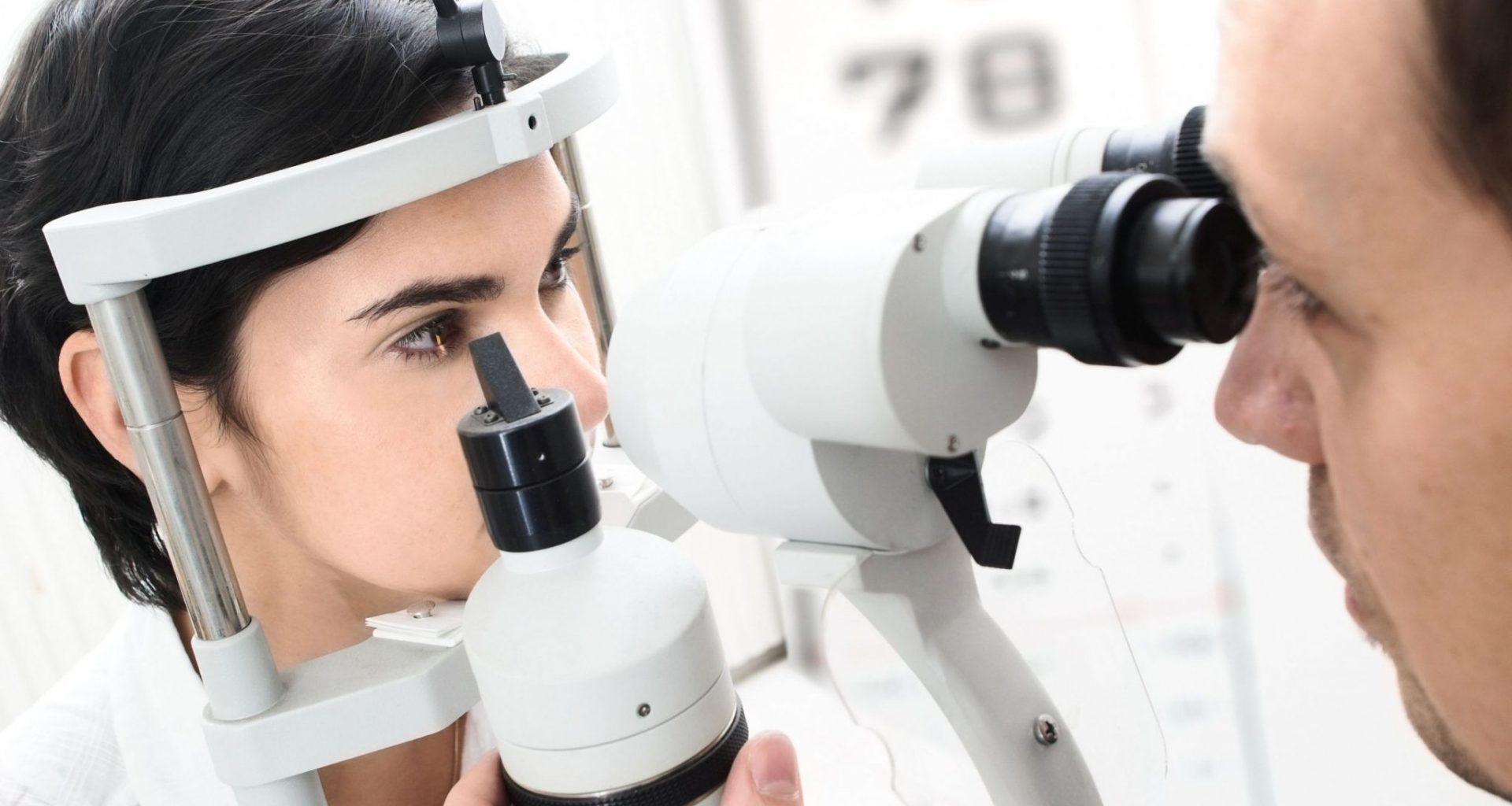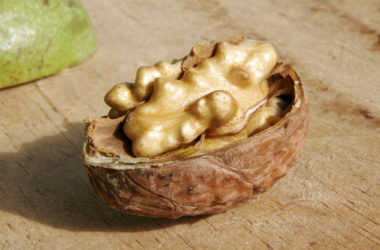Uveitis is an inflammation of the choroid, ciliary body and iris — various parts of the eyes collectively known as the uvea. However, the condition is not entirely limited to the uvea. Other parts such as the optic nerve, retina, vitreous and lens may also be affected, producing reduced vision or even complete blindness.
Located right in between the sclera and retina, the uvea is where much of the blood vessels that supply the eyes with nutrients and oxygen molecules can be found. It is also through the uvea that inflammatory cells may get to the eyes and cause the condition.
Various Types of Uveitis
Uveitis may be classified into different types, depending on where exactly the inflammation occurs in the eyes. They are the following:
- Anterior uveitis – This is the most common form of the eye condition, usually affecting young and middle-aged individuals. It is possible for anterior uveitis to affect only one of the eyes. This type of uveitis is commonly associated with certain diseases such as that of the gastrointestinal tract and lungs.
- Intermediate uveitis – Young adults are the ones who are more susceptible to this form of uveitis. The inflammation is usually centered in the ciliary body of the eye, and associated with various disorders like multiple sclerosis and sarcoidosis.
- Posterior uveitis – Also known as chorioretinitis or choroditis, this is the least common of all the types of uveitis. Just like what the name suggests, posterior uveitis affects the backmost part of the eye where the choroid and retina can be are found.
- Pan-uveitis – This form of uveitis affects all the parts of the uvea and can greatly damage the retina, potentially causing total loss of vision. One of the most common cause of pan-uveitis is what’s known as Behcet’s disease.
Uveitis Signs and Symptoms
The signs and symptoms of uveitis depend on certain factors such as the location of the inflammation as well as the severity of the condition. Many of them also tend to develop quickly, including:
- Blurring of vision
- Vision loss
- Eye pain
- Eye redness
- Photophobia or sensitivity to light
- Floaters or floating dark spots in the vision
It’s possible for these signs and symptoms to occur only in one eye as uveitis may only affect one of the eyes, such as in the case of anterior uveitis. Anyone who encounters change in vision, eye pain and photophobia should consult an ophthalmologist right away.
Causes of Uveitis
In most cases of uveitis, the direct cause is not known. However, there are instances wherein the inflammatory eye condition is brought about by infections caused by bacteria, viruses and fungi. Eye surgery or trauma to the eyes may also be the culprit. There are so many diseases that are usually associated with uveitis, and some of them include:
- Ulcerative colitis
- Toxoplasmosis
- Toxocariasis
- Rheumatoid arthritis
- Reactive arthritis
- Systemic lupus erythematosus
- Lyme disease
- Multiple sclerosis
- Reiter’s syndrome
- Behcet’s disease
- Vogt Koyanagi Harada’s disease
- Kawasaki disease
- Ankylosing spondylitis
- AIDS
- Brucellosis
- Herpes zoster infection
- Syphilis
- Tuberculosis
- Leptospirosis
How Uveitis is Treated
When treating uveitis, the primary goals include dealing with the inflammation, managing eye pain, preventing the further destruction of tissues in the eye and restoring loss vision. Commonly, an ophthalmologist will prescribe the uveitis sufferer with steroidal anti-inflammatory medications. These medications may be administered in a number of ways, such as by mouth, instilling them directly on the affected eye or intravenously. It’s also possible for steroidal anti-inflammatory medications to be injected in or around the eye.
Uveitis Complementary and Alternative Therapies
Carefully following the treatment plan provided by an ophthalmologist is very important to prevent uveitis complications. There are also complementary and alternative therapies that may help in reducing the severity of this inflammatory eye condition. They are the following:
- Avoidance of pro-inflammatory foods – Steering clear if foods that are fried, refined and contain lots of saturated fats should be done as they promote inflammation. It’s also a good idea for anyone with uveitis to avoid consuming dairy products.
- Consumption of foods rich in flavonoids and carotenoids – Flavonoids and carotenoids help fight off inflammation and free radical damage. Cherries, blueberries red grapes and onions are excellent sources of flavonoids. Yellow, orange and dark green vegetables are packed with carotenoids.
- Supplementing with certain herbs and spices – Traditional healers have been using bilberry and ginkgo biloba for treating various eye conditions for centuries now. Curcumin and turmeric are spices known to have potent anti-inflammatory properties.












